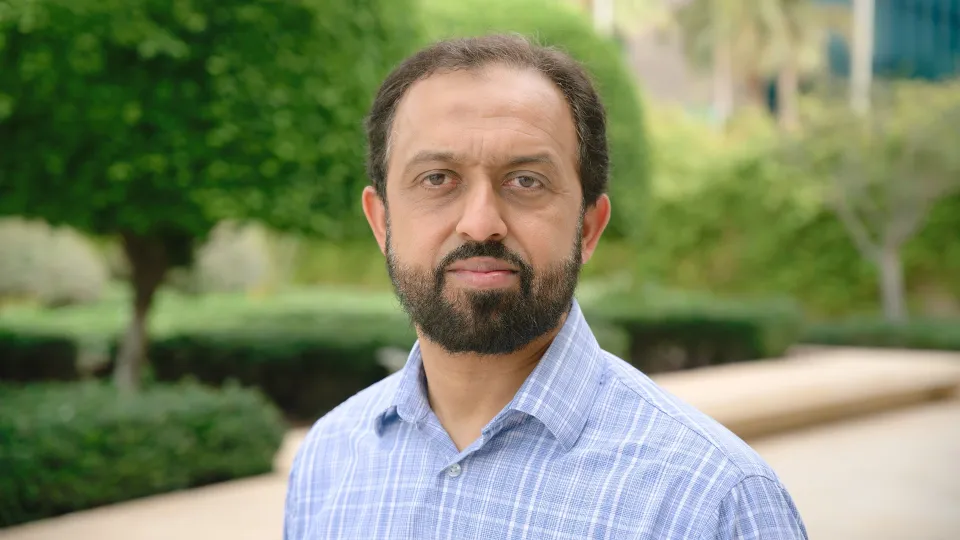
Flexible, Wearable, Disposable Wireless Communication and Sensing Systems Through Additive Manufacturing - 2019
With the advent of wearable sensors and internet of things (IoT), there is a new focus on electronics which can be bent so that they can be worn or mounted on non-planar objects. Due to large volume (billions of devices), there is a requirement that the cost is extremely low, to the extent that they become disposable. The flexible and low-cost aspects can be addressed through additive manufacturing technologies such as inkjet, screen and 3D printing. This talk introduces additive manufacturing as an emerging technique to realize low cost, flexible and wearable wireless communication and sensing systems.
Overview
Abstract
With the advent of wearable sensors and internet of things (IoT), there is a new focus on electronics which can be bent so that they can be worn or mounted on non-planar objects. Due to large volume (billions of devices), there is a requirement that the cost is extremely low, to the extent that they become disposable. The flexible and low-cost aspects can be addressed through additive manufacturing technologies such as inkjet, screen and 3D printing. This talk introduces additive manufacturing as an emerging technique to realize low cost, flexible and wearable wireless communication and sensing systems. The ability to print electronics on unconventional mediums such as plastics, papers, and textiles has opened up a plethora of new applications. In this talk, various innovative antenna and sensor designs will be shown which have been realized through additive manufacturing. A multilayer process will be presented where dielectrics are also printed in addition to the metallic parts, thus demonstrating fully printed components. Many new functional inks and their use in tunable and reconfigurable components will be shown. In the end, many system level examples of wireless sensing applications will be shown. The promising results of these designs indicate that the day when electronics can be printed like newspapers and magazines through roll-to-roll and reel-to-reel printing is not far away.
Brief Biography
Atif Shamim – received his MS and PhD degrees in electrical engineering from Carleton University, Canada in 2004 and 2009 respectively. He was an NSERC Alexander Graham Bell Graduate scholar at Carleton University from 2007 till 2009 and an NSERC postdoctoral Fellow in 2009-2010 at Royal Military College Canada and KAUST. In August 2010, he joined the Electrical Engineering Program at KAUST, where he is currently an Associate Professor and principal investigator of IMPACT Lab. He was an invited researcher at the VTT Micro-Modules Research Center (Oulu, Finland) in 2006. His research work has won best paper awards in IEEE EuWiT 2008, IEEE IMS 2016, IEEE MECAP 2016, first prize in IEEE IMS 2019 3MT competition and honorable mention prizes in IEEE APS 2005, IEEE IWAT 2006, IEEE IMS 2014, IEEE IMS 2017 (3MT competition). He was given the Ottawa Centre of Research Innovation (OCRI) Researcher of the Year Award in 2008 in Canada. His work on Wireless Dosimeter won the ITAC SMC Award at Canadian Microelectronics Corporation TEXPO in 2007. Prof. Shamim also won numerous business-related awards, including 1st prize in Canada’s national business plan competition and was awarded OCRI Entrepreneur of the year award in 2010. He is an author/co-author of over 200 international publications, an inventor on 20 patents and has given over 50 invited talks at various international forums. His research interests are in innovative antenna designs and their integration strategies with circuits and sensors for flexible and wearable wireless sensing systems through a combination of CMOS and additive manufacturing technologies. Dr. Shamim is a Senior Member of IEEE and serves on the editorial board of IEEE Transactions on Antennas and Propagation.
